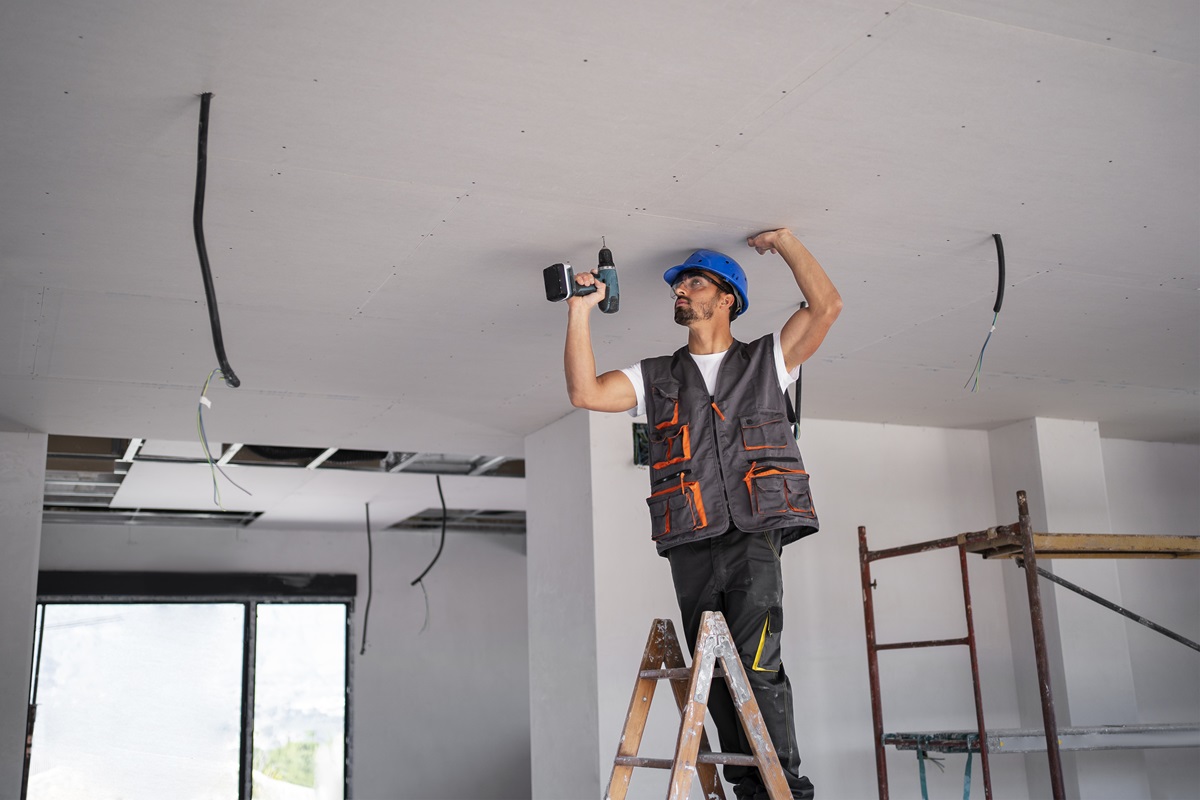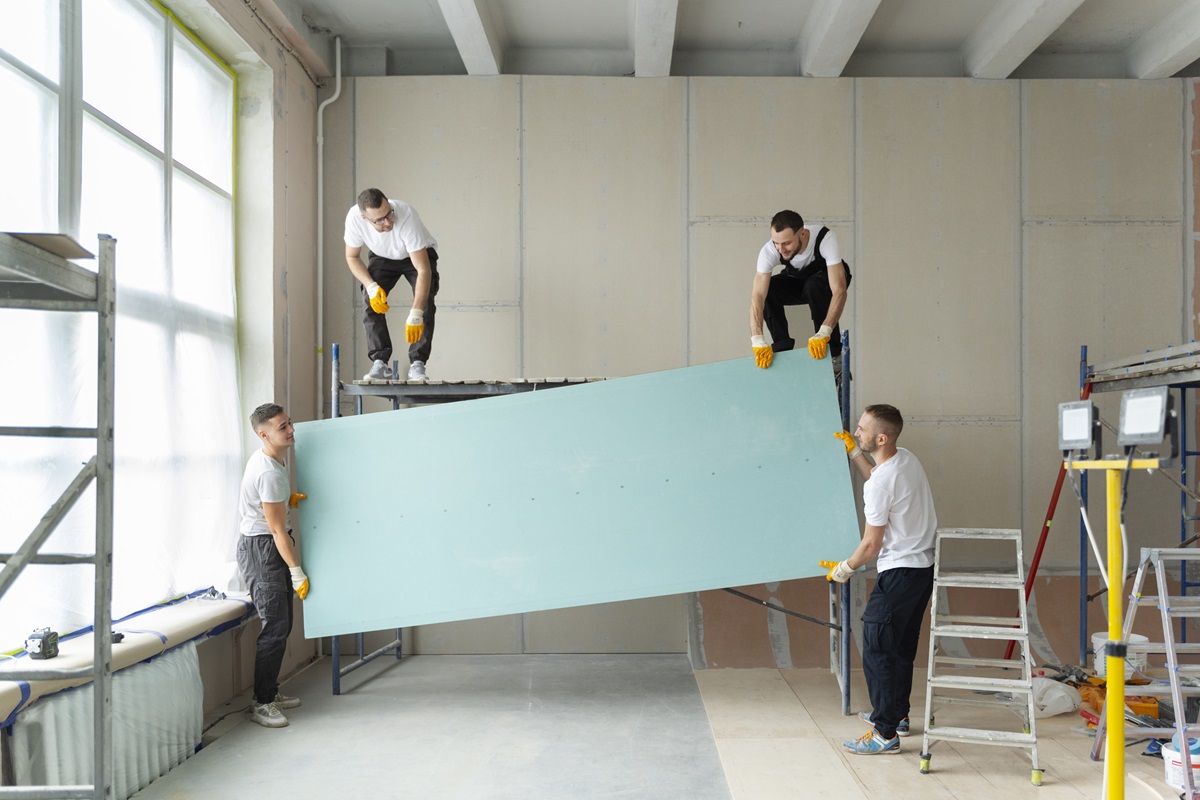
As the world grapples with climate change, energy demands, and sustainable development, how does your home renovations fit into this bigger picture? Are today's renovations helping the environment or harming it? As homeowners, we often focus on the aesthetic appeal and functionality of our home improvements, but seldom do we consider the greater environmental impact of our choices. Today, we are taking a deep dive into the ecological significance of home renovations.
Utility bills, waste generation, resource depletion - sometimes a home can seem more like an eco-nightmare than a dream house. But what if we told you that your home could be part of the solution, rather than contributing to the problem? That’s what we are exploring in this blog post today. The aim is to have every homeowner attain a fresh perspective on their redesign goals and hopefully, steer them toward a more eco-friendly path.
Doing your part doesn’t mean rugged living or giving up on luxury. It just means being a bit more aware, making informed decisions, and yes, embracing a little bit of the new. Are you ready to explore the realms of sustainable home renovation? Let’s dig in.
The Environmental Implications for Home Renovations
Are all building materials created equal? Unfortunately, they are not. Some materials are heavy in embodied energy - the total energy required for extraction, processing, manufacturing, and delivering. The higher the embodied energy, the more carbon footprint left behind. It's crucial to understand this aspect if we are to strike a balance between design and sustainability.
Renovations also have the potential to create a massive amount of waste. Torn down walls, discarded fixtures, old plumbing... all these waste materials tend to find their place in our already overflowing landfills. But, how does that impact you directly? Well, it adversely affects local air quality and contributes significantly to greenhouse gas emissions.
How does the location of your home renovation factor into its eco-impact? Sourcing local materials and professionals has far-reaching benefits for the environment by reducing transportation-induced emissions. Meanwhile, building according to local climate conditions can significantly reduce energy demands, securing you a comfier life and smaller utility bills.
Green Building Materials: What to choose?
Choosing eco-friendly materials is the cornerstone of a green home renovations. After all, each material contributes to the house's overall 'green' score. Some effective options include plant-based polyurethane rigid foam, bamboo, mycelium, and recycled steel. Each has its unique strength, durability, and aesthetic appeal.
Look for materials with low embodied energy. They might not be the mainstream choices, but they significantly reduce your renovation's eco-footprint. Things like reused or recycled materials, local resources, or certified sustainably-sourced products fit the bill perfectly.
In flooring, options like reclaimed wood, cork or bamboo floors lend a classy yet sustainable finish to your home. Alternatively, in terms of insulation, cellulose, wool or Icynene are high-performance, eco-friendly options.
Energy-Efficient Installations: How to save more?
Energy efficiency is another essential aspect of green renovations. Exploit natural light, use energy-efficient appliances, invest in good insulation, and consider renewable energy sources like solar panels.
Lighting features greatly impact the overall energy consumption of your home renovation. Switching to LED or compact fluorescent lights, and incorporating more natural lighting, can significantly lower your energy usage as well as your bills.
Moreover, heating and cooling systems use a significant portion of a home's energy. Therefore, installing efficient devices like heat pumps can contribute to energy and cost savings.

Indoor Air Quality: Why is it important?
The indoor air quality largely depends on the materials used in the house. Volatile organic compounds (VOCs), found in paints, coatings and adhesives, drastically reduce indoor air quality. Choose low-VOC products to enhance the indoor air quality, making the house safer for you and the environment.
Eco-Friendly Waste Management: Sustainable Measures
Minimizing waste during renovations is as crucial as choosing the right materials. Instead of sending all old materials to the landfill, certain items can be repurposed or reused. Furthermore, you can donate unwanted items to local charities, or even sell them.
By sourcing professionals who prioritize eco-friendly waste management, you can significantly reduce the environmental impact of your renovation. Remember, every choice matters!
Conclusion
Home renovations holds far-reaching implications not just for homeowners, but for the environment at large. It’s more than just restructuring and redesigning. By paying close attention, we can convert this venture into an opportunity for environmental remediation, rather than harm.
Each conscious decision we make during the home renovations process, whether it's selecting the material, managing waste or considering the local climate conditions, helps lessen our ecological impact. It's not just about creating beautiful homes, it's about creating sustainable ones for a healthier, greener future.
As homeowners, we ensure the wel-being of our family, let's take that a step further in guaranteeing a sustainable home renovation. A house with a low environmental impact not only complements our ethical responsibilities but also provides a comfortable, healthy, and cost-effective environment to live in. All it requires is a bit of insight and the will to make a change. Are you ready for the challenge?







0 comments:
Post a Comment